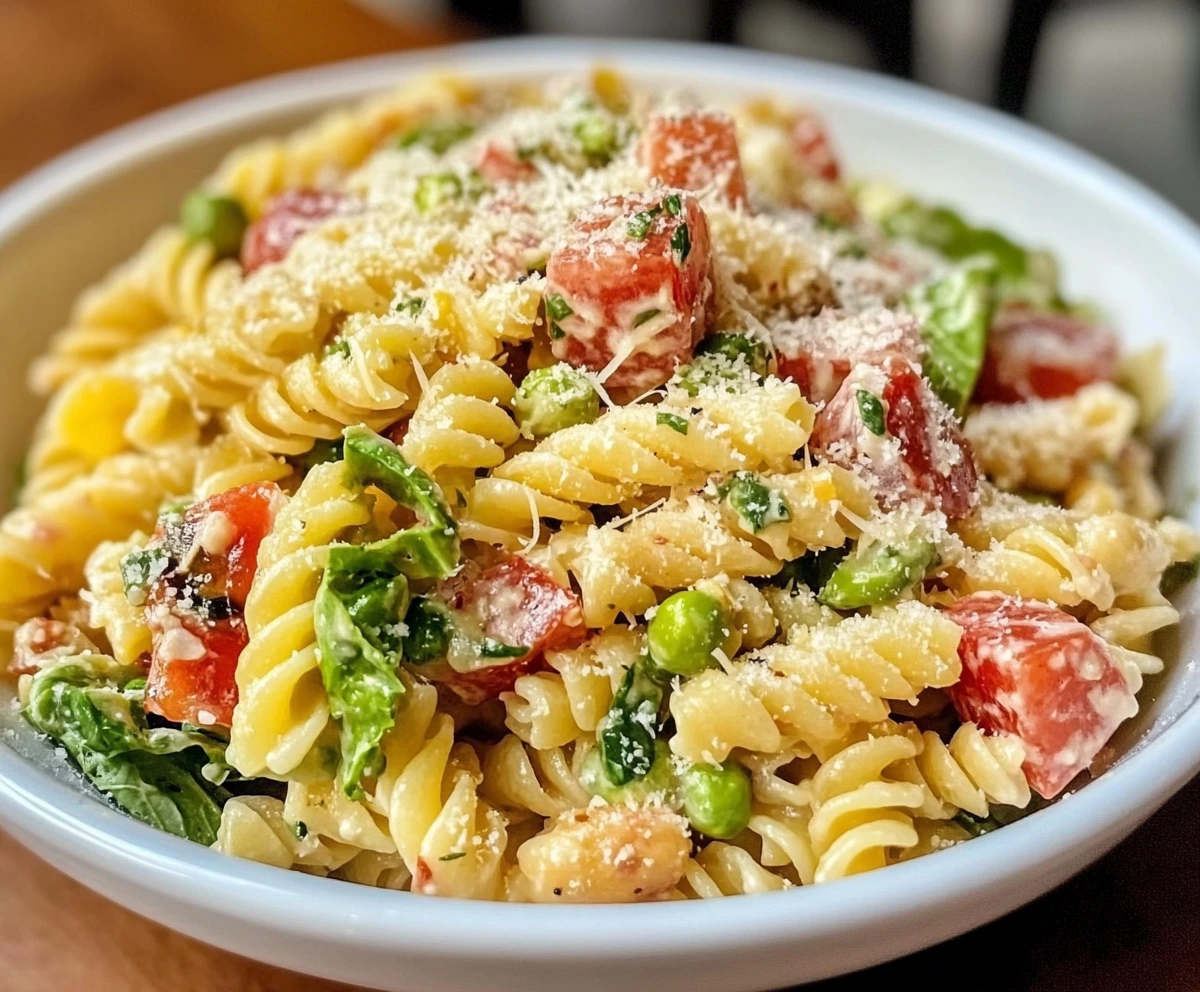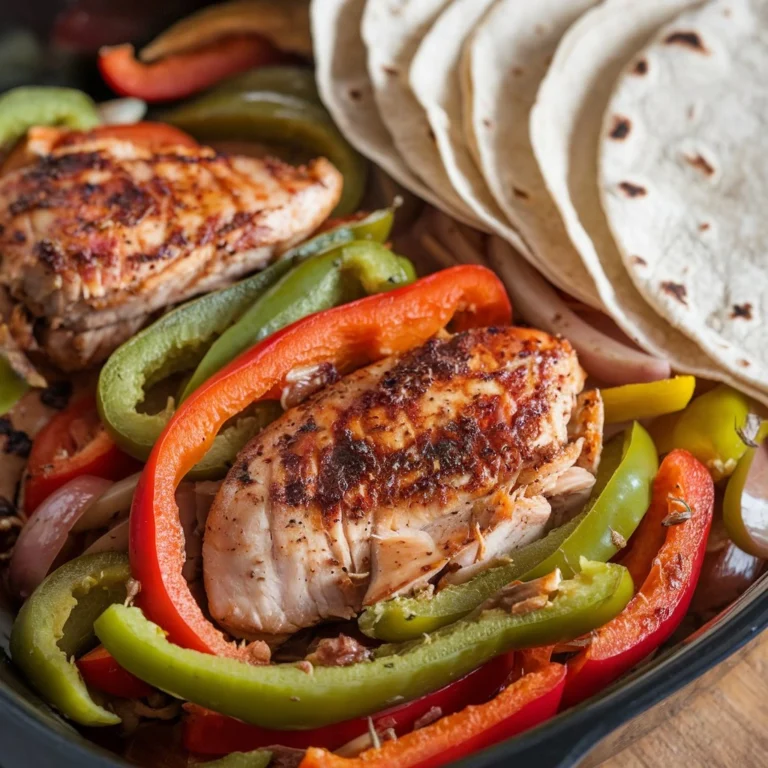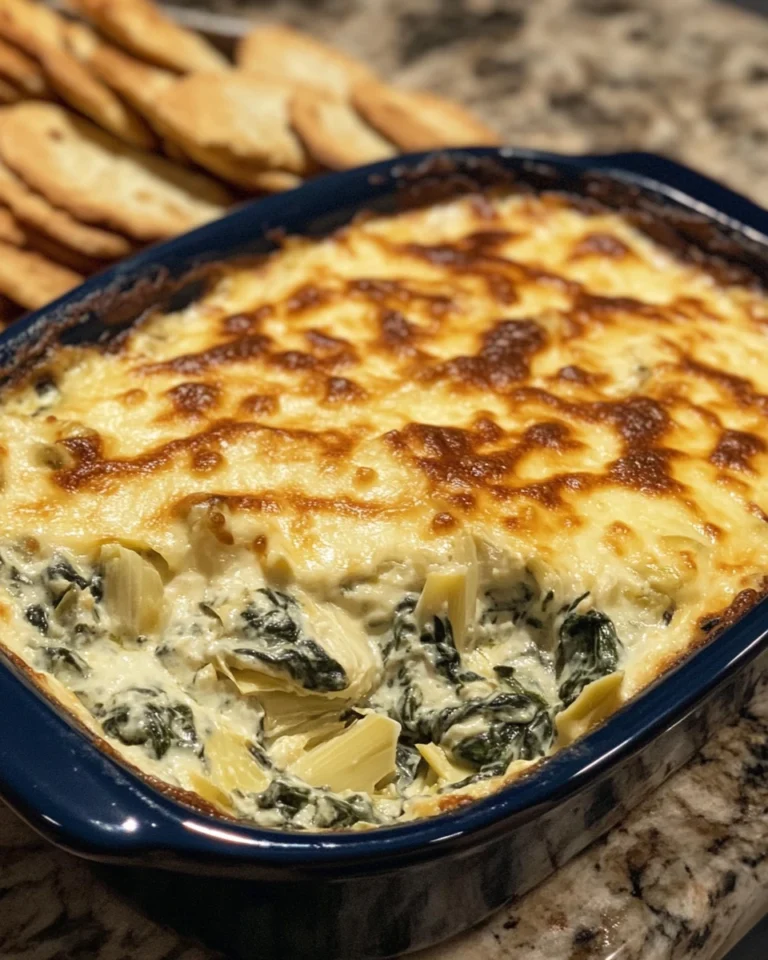What Are the Five Mistakes to Avoid in Pasta Salad?
Pasta salad is one of those dishes that can easily impress at gatherings, barbecues, or even as a quick weekday meal. It’s versatile, easy to prepare, and customizable to individual tastes. However, despite its simplicity, there are common mistakes that can ruin the dish, leading to lackluster results that range from overly soggy pasta to bland and unbalanced flavors. Avoiding these mistakes can turn your pasta salad from mediocre to memorable. In this in-depth guide, we’ll cover the five most common mistakes people make when preparing pasta salad, how to avoid them, and provide additional insights to help you elevate your dish to the next level.
By following these tips, you’ll not only create a perfect pasta salad but also gain the confidence to experiment and customize the dish for various occasions. We’ll also include several relevant internal links to helpful resources on Aurelia Recipes that complement each step in the process.
1. Overcooking or Undercooking the Pasta
pasta salad is the foundation of any great pasta salad. However, achieving the perfect pasta texture is easier said than done. One of the most common mistakes is overcooking or undercooking the pasta, which can drastically affect the final dish.
Overcooked Pasta: The Mushy Trap
Overcooked pasta will soak up too much of the dressing, leading to a soggy, mushy texture. This not only ruins the consistency but also negatively impacts the flavor profile, as the pasta becomes a sponge for the dressing, overshadowing the other ingredients.
Undercooked Pasta: Too Tough
On the other hand, undercooked pasta will be too firm, almost crunchy, and difficult to chew. It will also struggle to absorb any of the dressing, leaving the dish with a disjointed flavor.
How to Achieve Perfectly Cooked Pasta for Salad:
- Cook to Al Dente: The key to a successful pasta salad is cooking the pasta to al dente. This means the pasta should be firm to the bite without being hard. Al dente pasta maintains its structure even after it’s cooled down and tossed with dressing.
- Follow the Instructions—Almost: Most pasta packaging includes cooking times. While these are a good starting point, they’re not always accurate for pasta salads. Start testing your pasta 1-2 minutes earlier than the recommended cooking time to achieve the perfect al dente texture.
- Rinse Immediately After Cooking: One of the biggest differences between pasta for hot dishes and pasta salads is that for pasta salads, you should rinse the pasta with cold water immediately after draining. This stops the cooking process and cools the pasta down, preventing it from becoming mushy. The cold water rinse also removes excess starch that can cause the pasta to clump together.
- Add a Little Oil: To prevent the pasta from sticking together while it cools, toss it with a tablespoon of olive oil right after draining. This will keep the pasta loose and ready to absorb the dressing without becoming sticky or clumpy.
For more on how to properly prepare pasta for different types of dishes, check out this detailed guide on preparing pasta for salads.
Choosing the Right Pasta Shapes
The pasta shape you choose can also impact the overall texture and success of the dish. Not all pasta shapes are created equal when it comes to pasta salads. Some shapes hold up better than others, and certain types are better at trapping dressing and holding onto other ingredients.
Best Pasta Shapes for Pasta Salad:
- Fusilli: This corkscrew-shaped pasta is a popular choice for pasta salads. Its spirals are perfect for trapping dressing and smaller ingredients, ensuring a burst of flavor in every bite.
- Penne: Penne’s ridges help it hold onto dressing, and its sturdy structure makes it a great choice for pasta salads that contain heavier ingredients like cheese or meats.
- Farfalle (Bowtie): The flat surface and pinched center of farfalle make it ideal for salads. It’s sturdy, visually appealing, and can carry both light and creamy dressings.
- Rotini: Similar to fusilli, rotini’s spirals make it excellent for holding onto sauce and small ingredient pieces like vegetables or herbs.
For more ideas on the best pasta shapes to use, explore this guide on pasta varieties and how each type impacts different dishes.
2. Not Seasoning the Pasta Properly
The second most common mistake people make when preparing pasta salad is not seasoning the pasta properly. Many assume that because they’ll be adding dressing later, there’s no need to season the pasta itself. This couldn’t be further from the truth.
Why Seasoning Warm Pasta Is Key
The best time to season pasta is while it’s still warm, fresh from being drained. Warm pasta absorbs flavors much more effectively than cold pasta, making it the ideal stage to introduce the first layer of seasoning. If you wait until the pasta has cooled, it will struggle to absorb the dressing, resulting in a bland, flavorless base.
How to Properly Season Pasta for Salad:
- Season Immediately After Draining: Right after you drain and rinse the pasta with cold water, toss it with a little olive oil, salt, and pepper. This will prevent the pasta from sticking together while adding a subtle layer of flavor.
- Add Flavor with Herbs and Spices: Along with salt and pepper, you can also introduce additional flavor at this stage by tossing the pasta with herbs like oregano, basil, or thyme. These herbs add depth to the dish and make the final product more flavorful.
- Taste As You Go: Don’t be afraid to taste the pasta as you season it. This will help you adjust the seasoning as needed to ensure the pasta has a solid flavor base before you add the dressing.
For more tips on how to season pasta and balance flavors, check out this article on how to create well-seasoned dishes.
Infusing Flavor into the Dressing
While seasoning the pasta itself is crucial, it’s equally important to get the dressing right. The dressing serves as the flavor powerhouse in pasta salad, bringing together all the elements of the dish. Here’s how to make sure your dressing delivers.
Tips for Making Flavorful Pasta Salad Dressings:
- Choose the Right Base: Most pasta salad dressings are vinaigrette-based or creamy. If you prefer a light, tangy salad, go for a vinaigrette made with olive oil, vinegar, mustard, and herbs. If you want something richer, opt for a creamy dressing made with mayo, yogurt, or sour cream.
- Layer in Acidity: Acidity is key to brightening up pasta salad and cutting through the richness of ingredients like cheese or meat. Add lemon juice, vinegar, or even a splash of pickle brine to your dressing for a zesty kick.
- Add Fresh Herbs: Fresh herbs like parsley, cilantro, or dill can add a fresh, vibrant flavor to your dressing. Just be sure to chop them finely so they distribute evenly throughout the salad.
To experiment with different dressing options, take a look at this healthy dressing and sauce guide, which can inspire new combinations and enhance your pasta salad.
3. Using Too Little or Too Much Dressing
Another common mistake is misjudging the amount of dressing. Both using too much and too little dressing can affect the final outcome of the pasta salad.
Too Much Dressing: The Soggy Salad
If you use too much dressing, the pasta will soak it all up, resulting in a salad that is soggy and heavy. This is especially true if you don’t allow the pasta enough time to cool completely before adding the dressing. A salad that’s drowning in dressing can also overwhelm the flavor of the other ingredients, making it difficult to appreciate the balance of flavors.
Too Little Dressing: The Dry, Bland Salad
On the flip side, not using enough dressing will leave the pasta dry, and the dish will lack flavor. A dry pasta salad can feel unappetizing, and the individual ingredients won’t be properly coated, making the flavors seem disjointed.
How to Strike the Right Balance:
- Dress in Stages: A helpful technique to avoid overdressing your pasta salad is to add the dressing in stages. First, toss the pasta with half the dressing while it’s still warm, allowing the pasta to absorb the flavors. After adding the rest of your ingredients, gradually add more dressing as needed until the pasta is fully coated but not swimming in sauce.
- Taste as You Go: As with seasoning, it’s important to taste the salad after each addition of dressing to make sure the flavors are balanced. You can always add more dressing if needed, but it’s much harder to remove excess dressing once it’s been added.
- Let the Salad Rest: Pasta salad often tastes better after it’s had some time to sit. Allowing the salad to rest for at least 30 minutes before serving gives the flavors a chance to meld together. Just before serving, toss the salad and add a bit more dressing if needed, as the pasta may have absorbed some of the dressing while it was resting.
For tips on finding the right balance in your pasta salads, check out this comprehensive guide on layering flavors in salads.
4. Ignoring Texture Balance
A successful pasta salad isn’t just about flavor; texture plays a huge role in the overall enjoyment of the dish. One of the most common mistakes people make is creating a pasta salad that’s one-dimensional in texture. If all the ingredients are soft, the salad will feel mushy. Conversely, if all the ingredients are crunchy, the salad will feel dry and unsatisfying.
The Importance of Contrast in Texture
Great pasta salads strike a balance between soft, chewy, and crunchy textures, keeping each bite interesting and satisfying. By incorporating a variety of textures, you create a more dynamic and enjoyable eating experience.
How to Achieve Texture Balance:
- Incorporate Crunchy Vegetables: Vegetables like bell peppers, cucumbers, celery, carrots, and radishes add a refreshing crunch to pasta salad. These ingredients not only provide texture but also introduce fresh flavors that complement the pasta.
- Add Soft Elements: Soft ingredients like fresh mozzarella, feta, or goat cheese can balance out the crunch of vegetables. These cheeses add creaminess without being overpowering.
- Include Proteins: Adding protein to your pasta salad can also enhance the texture. Grilled chicken, shrimp, or even boiled eggs can introduce a chewy, hearty texture that contrasts nicely with the pasta.
- Use Nuts and Seeds: Toasted nuts like almonds, pine nuts, or sunflower seeds can add a delightful crunch and earthy flavor. Just be sure to toast them beforehand to bring out their flavor.
For more ideas on how to incorporate crunchy and soft textures in your salads, try this guide on textural balance in side dishes.
5. Not Letting the Salad Rest Before Serving
One of the biggest mistakes people make when preparing pasta salad is not letting it rest before serving. Pasta salad, like many other dishes, benefits from some resting time to allow the flavors to meld together. If you serve it immediately after mixing, the flavors won’t have time to fully develop, resulting in a salad that tastes disjointed.
The Importance of Resting Time
When pasta salad sits for a while, the ingredients have a chance to absorb the dressing, and the flavors start to combine in a more cohesive way. Allowing the salad to rest also gives the pasta time to soak up some of the dressing without becoming soggy.
How Long Should You Let Pasta Salad Rest?
- Minimum Rest Time: Ideally, you should let your pasta salad rest for at least 30 minutes in the fridge before serving. This gives the ingredients enough time to absorb the dressing and for the flavors to blend.
- Overnight Resting: If possible, make your pasta salad the night before you plan to serve it. An overnight rest allows even more time for the flavors to come together. Just be sure to check the salad before serving and add a bit more dressing if the pasta has absorbed too much overnight.
Resting time can be the difference between a good pasta salad and a great pasta salad.
For more tips on preparing ahead and maximizing flavor, check out this recipe for make-ahead salads.
Bonus Tips for the Perfect Pasta Salad
Now that we’ve covered the five most common mistakes, here are some additional tips to help you create the ultimate pasta salad every time.
Choosing the Right Ingredients:
- Pick the Right Pasta: As mentioned earlier, short, ridged pasta shapes like fusilli, penne, or rotini work best for pasta salads because they hold onto dressing and ingredients well.
- Use Fresh Vegetables: Whenever possible, use fresh, seasonal vegetables for your pasta salad. This not only enhances the flavor but also improves the overall texture of the dish.
- Incorporate Herbs and Spices: Don’t be afraid to get creative with herbs and spices. Fresh herbs like basil, parsley, and dill can add brightness to your salad, while spices like paprika, garlic powder, or even a dash of cayenne can elevate the flavor profile.
Customizing Your Salad:
- Add Protein: For a heartier salad, consider adding grilled chicken, shrimp, tuna, or even hard-boiled eggs.
- Experiment with Cheese: Cheese can add richness to pasta salad. Try feta, goat cheese, or fresh mozzarella for a creamy, tangy addition.
- Try Different Dressings: While vinaigrettes are a popular choice, don’t hesitate to experiment with creamy dressings or even pesto-based sauces.
For more recipe ideas and inspiration, check out the recipe collection on Aurelia Recipes to help you create new and exciting variations of pasta salad.
FAQs
How do you keep pasta salad from drying out?
To prevent your pasta salad from drying out, make sure to add enough dressing while the pasta is still warm. The warm pasta will absorb the dressing better, ensuring a flavorful and moist salad. If the salad seems dry before serving, simply add a little more dressing and toss to refresh it.
Can you make pasta salad the night before?
Yes! In fact, pasta salad often tastes better when made in advance. Preparing it the night before allows the flavors to meld together. Just remember to toss the salad with a little extra dressing before serving, as the pasta may have absorbed some of it overnight.
What is the best pasta for pasta salad?
Short, ridged pasta shapes like fusilli, rotini, or penne are ideal for pasta salad. These shapes hold onto the dressing and mix well with other ingredients, ensuring every bite is flavorful.
How do I stop pasta salad from being bland?
To prevent bland pasta salad, be sure to season the pasta immediately after draining, while it’s still warm. This is when it will absorb the most flavor. Additionally, taste and adjust the seasoning as you go, and don’t be afraid to layer flavors with fresh herbs, spices, and a balanced dressing.







